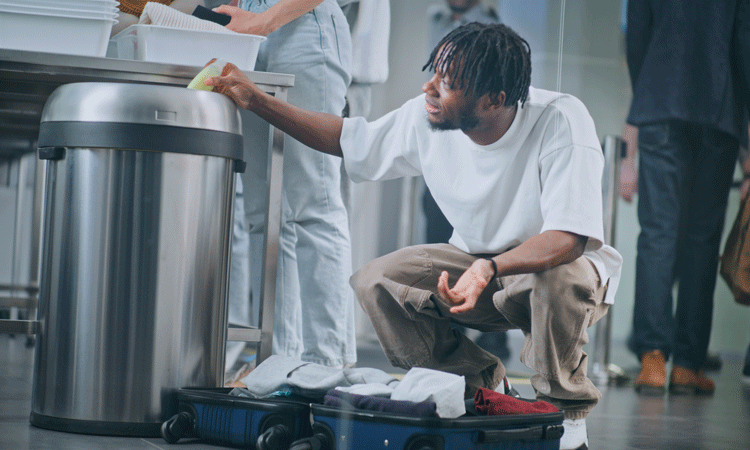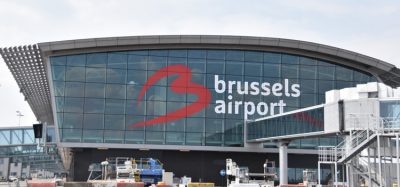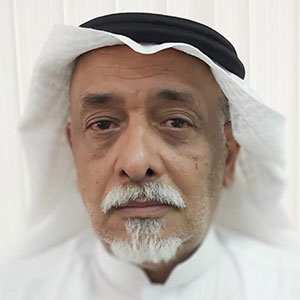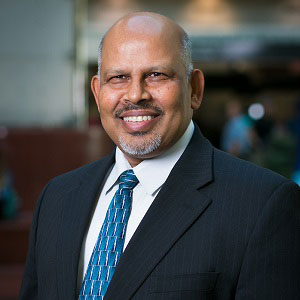How game-changing future technologies are driving benefits as well as inconsistency amongst the airports of the future
Posted: 11 November 2025 | Sam Whitehead | No comments yet
Sam Whitehead, Managing Consultant – Strategy and Operational Improvement at AtkinsRéalis explores how next-generation security technologies are reshaping airports—and why global standardisation is essential to unlocking their full potential for passengers and operators alike.


Today’s passenger journey is marked by inconsistency; for example, in some airports you must still remove liquids and laptops from bags, and in some you can leave them in.
Airports are constantly evolving in size, services offered and perhaps most importantly, technology. Airports worldwide are in the midst of a significant transformation, driven by the deployment of next-generation security technologies such as CT cabin baggage screening, advanced body scanners, and automated detection algorithms.
Yet, as these innovations roll out, the global aviation sector faces a fundamental challenge – the lack of standardisation in security processes across airports and jurisdictions, making it a complex process to navigate.
The current landscape
Today’s passenger journey is marked by inconsistency. Airports are adopting new security technologies at different paces, often from a variety of suppliers and tailoring processes to local layouts, regulatory interpretations, and operational constraints. For example, while the UK’s Department for Transport, the EU, and other global bodies set standards, their interpretations and enforcement can diverge significantly and even appear to contradict each other.
Join us live: Shaping the Next Generation of Hold Baggage and Air Cargo Screening
Join us live for an insightful webinar on 11th December at 14:00 GMT, in collaboration with Smiths Detection, as we explore the strategic balance of operational efficiency, regulatory compliance, and sustainability in high-volume security environments.
This session offers a focused look into future-proofing your security strategy.
Key learning points
- Cost Reduction: Strategies to minimize bag travel time while simultaneously reducing operational costs.
- Regulatory Roadmap: Insights into the next wave of regulatory changes and their impact on future investment decisions.
- Sustainable Systems: Practical approaches to building sustainability into security systems and lowering the total cost of ownership (TCO).
- Scalable Solutions: Real-world examples of scalable systems supporting current airport growth and preparing for tomorrow.
Register now for expert insights, case studies, and actionable strategies on operational efficiency!
It leaves a patchwork of rules including what you can or cannot bring on board, whether liquids and laptops are to be removed from bags, if shoes must be worn, if trays should be used, even down to the detail of signage and instructions at checkpoints.
Compounding this, many airports are in a transitional phase, with some terminals operating new CT lanes and others still reliant on legacy X-ray systems. Such a duality creates mixed messaging for passengers, who may face different requirements even within the same airport on different visits. The result is confusion, confiscated items, slower flow rates, and a diminished passenger experience.
AtkinsRéalis has worked on airport transformation projects in numerous countries, perhaps the highest profile being Heathrow Airport. The next-generation security checkpoint (NGSC) is one of Heathrow’s largest capital investments, and will see over £1 billion invested in facilities to deliver cutting-edge 3D scanners to enhance threat detection capability.
New security lanes are being installed across the estate whilst Heathrow has achieved a record-breaking year in 2024 with 83.9 million passengers travelling through the airport (6% annual increase in pax growth) and has seen continued growth through 2025 so far. Delivering major changes to Heathrow’s infrastructure, whilst maintaining passenger service levels and flow, has been a key success of the programme.
AtkinsRealis has offered a truly multi-disciplinary service, including programme strategy, product and process design, IT infrastructure, equipment deployment and business change. This end-to-end service offer means that we can handle the complexity of projects of this scale expertly and safely, and without having multiple handovers to third parties which would introduce inefficiencies and inaccuracies through the transfer of information and responsibility.


Inconsistent rules are confusing for passengers.
Improving technology – now and in the future
Transitioning to new security technologies is not just a technical upgrade, it’s a major operational and spatial challenge. For example, CT equipment is expensive, heavy and requires more space than traditional X-ray machines, necessitating significant redesigns of security halls. The change to new technology and processes delivers a much higher level of detection and protection for passengers, but without increased automation there would need to be more officers to undertake more searches of passengers and their bags.
Maintaining capacity during these disruptive transitions is critical, often requiring lane-by-lane replacements and careful sequencing to avoid operational bottlenecks. While these changes happen, it is absolutely crucial that day-to-day operations continue; any construction or upgrade needs to be phased carefully to avoid or minimise disruption. Making use of modern construction techniques like DFMA, value engineering and utilising off site staging and commissioning areas reduce on site time and improve operational resilience.
Looking ahead, there are clear opportunities to drive greater standardisation. The technology itself – body scanners, CT scanners, advanced detection algorithms, and centralised image processing – will continue to evolve, but the core capabilities are converging. The real differentiator will be in how airports align their processes and rules.
For instance, one vision is a future where a biometric token or passenger record, validated at the point of origin, is trusted across the global network, enabling seamless transfers and a step-change in security effectiveness. It can be looked at as a “one-stop security” model, where passengers screened at one airport can transfer seamlessly through another without re-screening; but only if processes and standards are harmonised across the board.
The result will not only see a win for passengers who will benefit from predictability and clarity, but also for airports and airlines. Aligned screening methods can unlock higher flow rates, reduce operating costs, and, crucially, eliminate the need for re-screening at hub airports vastly reducing the space and capacity needed for transfer security.
However, achieving this requires more than technology. It demands regulatory collaboration, industry leadership, and a willingness to move beyond local optimisation towards a shared global aim. As new threats and compounds emerge, and as airports experiment with advanced screening algorithms and walk-through body scanners at different paces, the risk of further divergence remains.
The sector must seize this moment to align not only on equipment, but on the processes and principles that underpin aviation security. With this attitude, we can aspire to see real leaps forward that benefit all, with customer experience at the heart.
A consistency in airport security is both an operational necessity and a strategic opportunity. By sharing learning from pilot programmes between airports and regulators, leveraging data-driven design, and fostering regulatory alignment, the industry can deliver a future where security is robust, efficient, and passenger-centric. The journey is nuanced, but the rewards for passengers, operators, and the global aviation ecosystem – are substantial and game changing.


c: Atkins
Sam Whitehead has significant first-hand experience of the aviation industry and an encyclopaedic knowledge of airports and how they operate, specialising in how the interplay between technology, people and process can drive performance and resilience into airport operations.
Sam has led multiple long-term strategic technology enabled transformations at Heathrow Airport, where currently he is Programme Lead for AtkinsRéalis on Heathrow’s Security Programme, which is delivering over £1bn worth of investment in new security technology and transformational change.
Internally for AtkinsRéalis, Sam holds the position of Technical Authority for Operational Improvement, giving him responsibility for capability development, coaching, technical assurance, recruitment and resource management with respect to the operational improvement capability area.
More from AtkinsRéalis
Continue your strategic insight!
While you’re here, explore more expert content from the AtkinsRéalis aviation portfolio.
Here are highlights of our strategic insights worth engaging with next:
- REPORT: Rethinking security for smart airports. Access this complementary eReport to discover how leading airports are transforming security from a bottleneck into a strategic advantage.
Join our free webinar: Beyond silos: How ecosystem thinking elevates the airport experience
In today’s complex aviation landscape, airports are moving beyond siloed operations to embrace a new era of collaboration. This webinar focuses on how leading airports are using ecosystem thinking to adapt, personalize, and continuously improve every touchpoint, boosting both passenger satisfaction and non-aeronautical revenue.
Date: 13 Nov | Time: 10:00 GMT
REGISTER NOW TO SECURE YOUR SPOT
Can’t attend live? No worries – register to receive the recording post-event.
Related topics
Autonomous Technology, Digital transformation, Innovation, New technologies, Passenger experience and seamless travel, Regulation and Legislation, Security


















